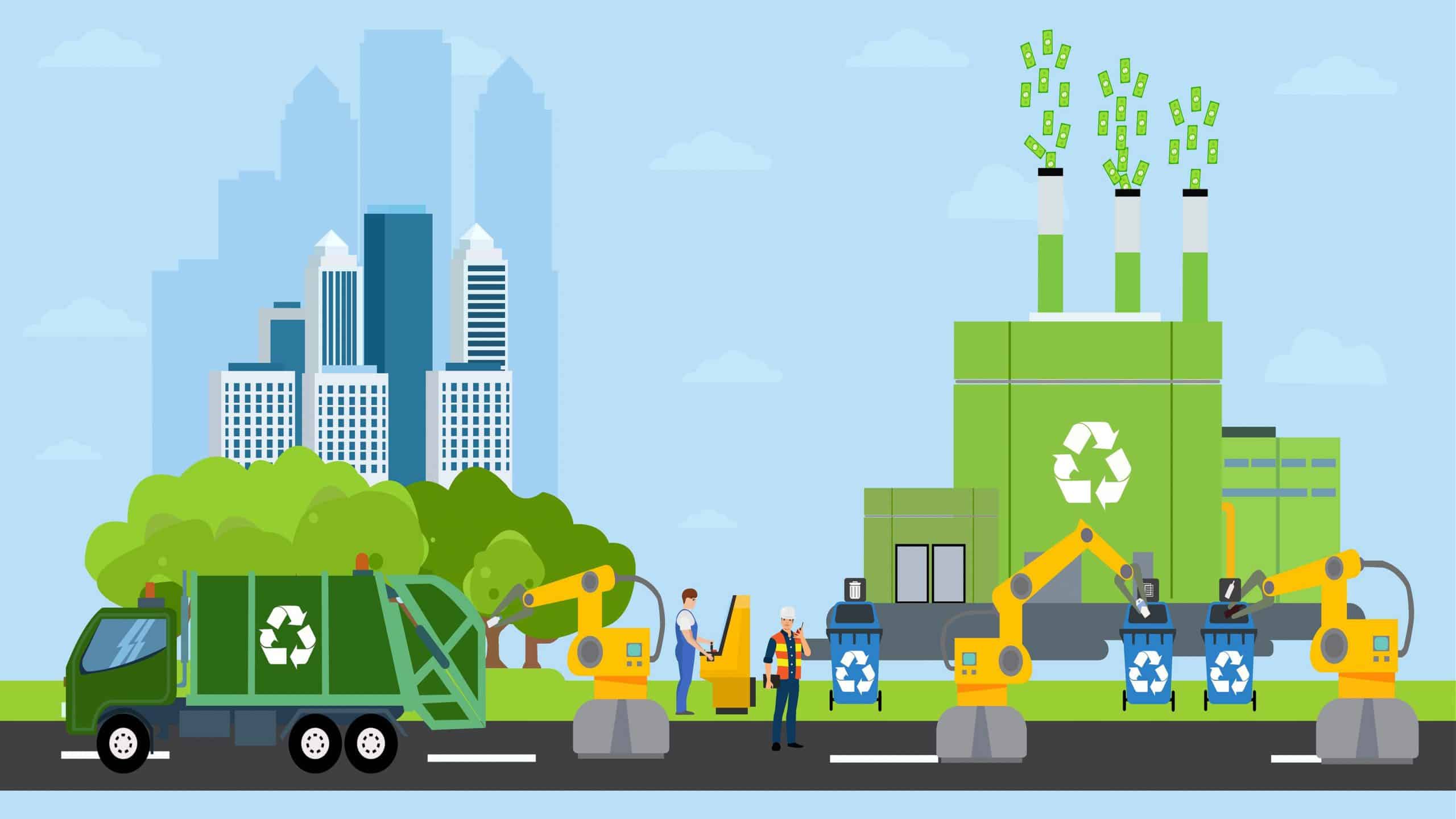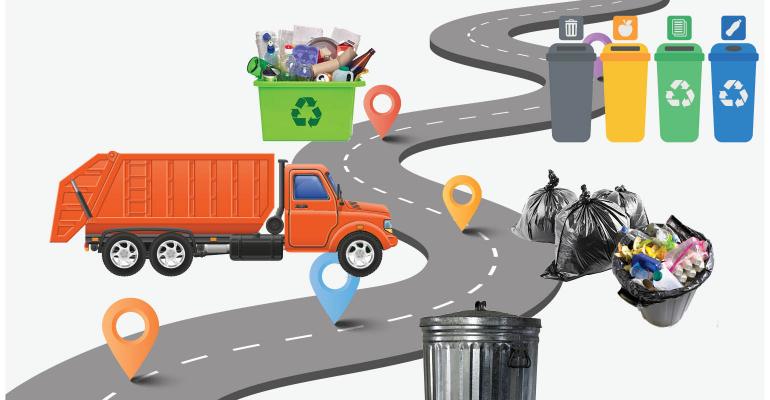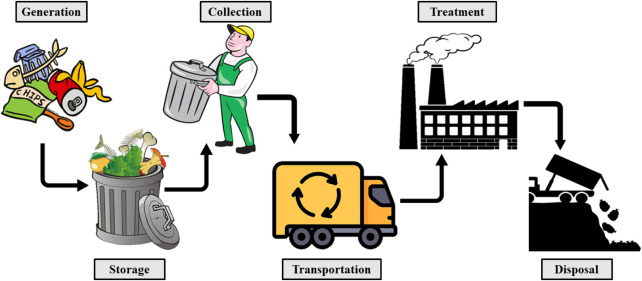Waste management is a crucial aspect of environmental protection and sustainability. As the world’s population continues to grow and economies continue to expand, the amount of waste generated is also increasing. Proper waste management is essential to minimize the environmental impact of waste and ensure that it does not harm human health.
Fortunately, advances in technology have revolutionized the way we manage waste, making it more efficient and environmentally friendly. This article will explore some of the technologies used in waste management today.
1. Landfill Gas Recovery
One of the most significant environmental problems associated with landfills is the emission of greenhouse gases, primarily methane. Methane is a potent greenhouse gas that contributes to climate change. Fortunately, landfill gas recovery technology can capture the methane produced in landfills and convert it into energy.
Landfill gas recovery systems consist of wells drilled into the landfill to extract the gas, which is then purified and used as fuel for generators or turbines to generate electricity. This technology has the potential to generate significant amounts of renewable energy while reducing the number of greenhouse gases emitted into the atmosphere.
2. Waste-to-Energy
Waste-to-energy technology involves converting waste materials into energy, primarily through the process of combustion. The process involves burning waste in specially designed facilities to generate heat, which is then used to produce electricity. This technology has the potential to provide a sustainable source of energy while reducing the amount of waste that ends up in landfills.
Waste-to-energy facilities are often used to manage waste that cannot be recycled or composted, such as plastics and other non-biodegradable materials. Although there are concerns about the emissions produced by waste-to-energy facilities, advances in technology have made these facilities much cleaner and more efficient than they were in the past.

3. Anaerobic Digestion
Anaerobic digestion is a natural biological process that occurs when organic waste is broken down by bacteria in the absence of oxygen. This process produces biogas, a mixture of methane and carbon dioxide, which can be used as a renewable energy source.
Anaerobic digestion technology involves creating controlled environments where organic waste can be broken down by bacteria to produce biogas. The technology can be used to process a variety of organic waste materials, including food waste, sewage, and agricultural waste.
Anaerobic digestion has the potential to provide a sustainable source of energy while reducing the amount of waste that ends up in landfills. It can also be used to produce nutrient-rich fertilizers, which can be used in agriculture to improve soil health.
4. Recycling
Recycling is one of the most well-known waste management technologies. Recycling involves the collection, sorting, and processing of waste materials to produce new products. Recycling reduces the amount of waste that ends up in landfills and conserves natural resources by reducing the need for raw materials.
There are many different recycling technologies, including mechanical recycling, chemical recycling, and biological recycling. Mechanical recycling involves processing waste materials mechanically, such as shredding or crushing, to produce new products. Chemical recycling involves breaking down waste materials chemically, such as through pyrolysis or gasification, to produce new products. Biological recycling involves using microorganisms to break down waste materials, such as in composting.
5. Composting
Composting is a natural process that involves breaking down organic waste materials into a nutrient-rich soil amendment. Composting can be done on a large or small scale, and it can be used to process a variety of organic waste materials, including food waste, yard waste, and agricultural waste.
Composting technology involves creating the right conditions for organic waste materials to break down quickly and efficiently. This involves controlling temperature, moisture, and oxygen levels to promote the growth of microorganisms that break down the waste.
Composting has the potential to reduce the amount of organic waste that ends up in landfills,
reduce greenhouse gas emissions, and provide a nutrient-rich soil amendment that can be used in agriculture and landscaping. Composting also conserves natural resources by reducing the need for synthetic fertilizers.
6. Waste Minimization
Waste minimization is a waste management technology that involves reducing the amount of waste produced in the first place. Waste minimization is achieved by identifying ways to reduce waste at the source, such as through changes in production processes or product design.
Waste minimization has the potential to reduce the environmental impact of waste by reducing the amount of waste that ends up in landfills and reducing the need for natural resources. Waste minimization can also reduce the costs associated with waste management by reducing the amount of waste that needs to be processed and disposed of.
7. Smart Waste Management
Smart waste management is a technology that uses sensors and data analytics to optimize waste management operations. Smart waste management technology can be used to monitor waste collection routes, identify areas with high waste generation rates, and optimize waste collection schedules.
Smart waste management technology can also be used to identify waste streams that are suitable for recycling or composting, reducing the amount of waste that ends up in landfills. Smart waste management technology can help reduce the costs associated with waste management by optimizing operations and reducing the amount of waste that needs to be processed and disposed of.
8. Robotics and Automation
Robotics and automation technology are becoming increasingly important in waste management operations. Robotics and automation technology can be used to sort and process waste materials, reducing the need for manual labor and improving efficiency.
Robotic sorting systems use sensors and artificial intelligence to identify and sort different types of waste materials. Robotic sorting systems can identify materials based on their color, shape, and texture, making it possible to sort materials quickly and efficiently.

Automation technology can also be used to optimize waste management operations, such as waste collection and processing. Automated waste collection systems use sensors to identify when waste containers are full and automatically trigger waste collection vehicles to collect the waste.
Conclusion
Waste management is a critical aspect of environmental protection and sustainability. Advances in technology have revolutionized the way we manage waste, making it more efficient and environmentally friendly. Landfill gas recovery, waste-to-energy, anaerobic digestion, recycling, composting, waste minimization, smart waste management, robotics, and automation are some of the technologies used in waste management today.
These technologies have the potential to reduce the environmental impact of waste, provide sustainable sources of energy, and conserve natural resources. As the world’s population continues to grow and economies continue to expand, the adoption of these technologies will become increasingly important in achieving a sustainable future.

